Did you know that each UK household produces over 1 tonne of waste per year?
This is the weight of a small car! It’s even more shocking that up to 60% of the waste that ends up in the bin could be recycled. So, we need to tackle this growing problem by inspiring the next generation and teaching them the importance of looking after our planet.
Teaching children about recycling isn’t always the easiest thing but it’s more important than ever to educate children about environmental issues. We’ve put together some ways you can make recycling fun at home and ideas about how you can speak to your children about the 3 Rs!
Why should we teach children about recycling?
Teaching your children about recycling is a good way to make sure that future generations will grow up appreciating our planet with an understanding that they play a role in preserving it. Through incorporating the 3 R’s (recycle, reduce, reuse) into your child’s life from an early age, you’re setting them up with an awareness that will have a significant impact throughout the rest of their lives. Here’s just 3 ways recycling can benefit you and the planet:
Recycling reduces harmful greenhouse gas emissions
In schools and nurseries, children are taught about global warming, but it’s important for them to understand why this is harmful to our planet. Global warming is caused by greenhouse gases released from factories and waste. When you recycle at home, you can reduce the materials, chemicals and gases released during the production of those items which has a negative impact on the environment.
When children have a better understanding of why we recycle, they’re more likely to want to help!
Recycling helps you save money
Participating in recycling programs where you send back empty bottles or packaging can help you save money. For example, when water bottles are sent back to the company, they can simply reuse the old plastic rather than pay for entirely new plastic. This saves the company money on production of the products, meaning they can reduce the price of the product, therefore saving you, the consumer, money.
Another simple thing you can do is think about your food waste. The resources used for food production, including fertilisers, water, machinery and transport, are responsible for producing huge amounts of greenhouse gas emissions and contributing to climate change.
Here’s some top tips for getting your child involved in reducing food waste at home.

Recycling helps preserve landfill space
Another reason recycling is so important is because it preserves landfill space. As landfills begin to pile up with household waste, we have to make new ones to cater for this. If more people recycled, our landfills would be less crowded meaning that we could use this space for something else. It can be a good idea to take your child to a local landfill or recycling facility so that they can understand what happens to rubbish once it’s thrown away.
How to teach children about recycling
Recycling is something that should be taught early on and ingrained as a necessary step to help protect our planet. Children are fast learners, and this often resonates through doing. Involving your child in the process of recycling your waste at home is a great place to start. It’s important that you lead by example and make sure that when you’re speaking to your children about the importance of recycling, you’re putting it into practice yourself.
Don’t forget, make it fun! Encourage your child’s excitement about recycling by creating a sorting activity where they can sort your recycling into the correct materials or maybe even a scavenger hunt where you hide recycling around the house for them to find!

If your child goes to nursery or preschool, speak to the Manager or teachers about ways they are educating children about environmental issues. At Fennies, all our nurseries have achieved or are working towards the Eco-Schools Green Flag award, an internationally recognised standard of eco excellence! Children at Fennies are taught about environmental issues within their daily activities, whether this be using recycled materials to create works of art or retrieving plastic from sensory water trays.
I’m so grateful that Fennies motivates their staff and offers the opportunities to be a part of something so important. I found my spark in taking on the role of Eco-school Child Voice Lead and spreading my passion for protecting the planet in the nursery!I can see a future and real potential in my children who want to help the planet. I’ve introduced some hands-on activities to educate children such as ‘water filtration,’ which explains how cutting trees affects their water in the rivers. They also enjoy planting activities and observing changes in plants when they look after them well, as well as harvesting some tomatoes in August to make their own salsa sauce. As well as this, children invite wildlife to the garden by building bug hotels and planting blooming flowers and herbs to attract bees. It’s great to see that they gain life-changing experiences and learn essential life skills. Petra Gulyassy, Fennies Woking Tweet
Here’s some of our favourite activities that you can also try at home!
Activities to try at home
Home-made bird feeder
You will need
- Cardboard tubes
- Vegetable shortening
- Lolly stick
- Birdseed
- String
Directions
1) Use the lolly stick to spread the vegetable shortening over the cardboard tube until it’s completely covered. This will make the cardboard tube waterproof which means you can still hang your bird feeder in the Winter!
2) Pour the birdseed onto a plate and roll the tube across so that the seed sticks to the tube
3) Loop the string through the tube and tie it at the top to hang!

Cereal box bookmark
You will need
- Empty mini-cereal box
- Scissors
- Pencil
- 2 pieces of patterned paper or wrapping paper
- Glue
- Ribbon (optional)
Directions
1) Open the cereal box along one side and the bottom. Lie it flat and cut a rectangular strip, this will become the bookmark
2) Place the cardboard strip on top of the patterned paper. Trace around it the shape, repeat this so that you have enough to cover the front and back of the bookmark
Tip! Use two different patterns to create a contrast against the front and back of the bookmark
3) Use the glue to stick the paper to the cardboard and cover the bookmark
4) Pierce a hole in the top of your bookmark and thread some ribbon through to finish!
Junk model castle
You will need
- 4 cardboard tubes
- Small box
- Paint
- Black pen
- Glue
Directions
1) Cut any flaps off the cardboard box and cut the tubes so that they’re a couple of inches taller than the box
2) Glue one tube into each corner of the box and leave to dry
3) Paint the castle and draw windows and a door with a black pen once dry

STEM Size Sorting
You will need
- Plastic lids (from milk, water, laundry detergent bottles)
Directions
1) Save the lids from plastic bottles, the more variety in size and colour the better
2) Ask your child to sort the lids by colour
Tip! This can also be done by size
3) Ask them to count how many lids are in each colour
Recycled paper decorations
You will need
- Several sheets of scrap paper
- Blender
- Food colouring
- Water
- Cookie cutters
- One large bowl
- Several smaller bowls
1) Cut or shred lots of pieces of scrap paper into small pieces, place in a bowl, cover with water and leave for 2 hours
2) Add the soaked water to a blender until you have a smooth texture, you may need to add more water. Pour the mixture into different bowls
3) Add different colours of food colouring to the different bowls
Tip! Try mixing in biodegradable glitter
4) Ask your child to pick up a handful of the mixture and squeeze out as much excess water as possible
5) Place the mixture inside the cookie cutters and press into the edges of the shape as much as possible
6) Once dried, peel the paper out of the cookie-cutter and pierce a hole in the top so that their decoration can be hung
We hope you have fun with these activities at home!
FAQ
Subscribe to our newsletter
Stay up to date with Fennies news



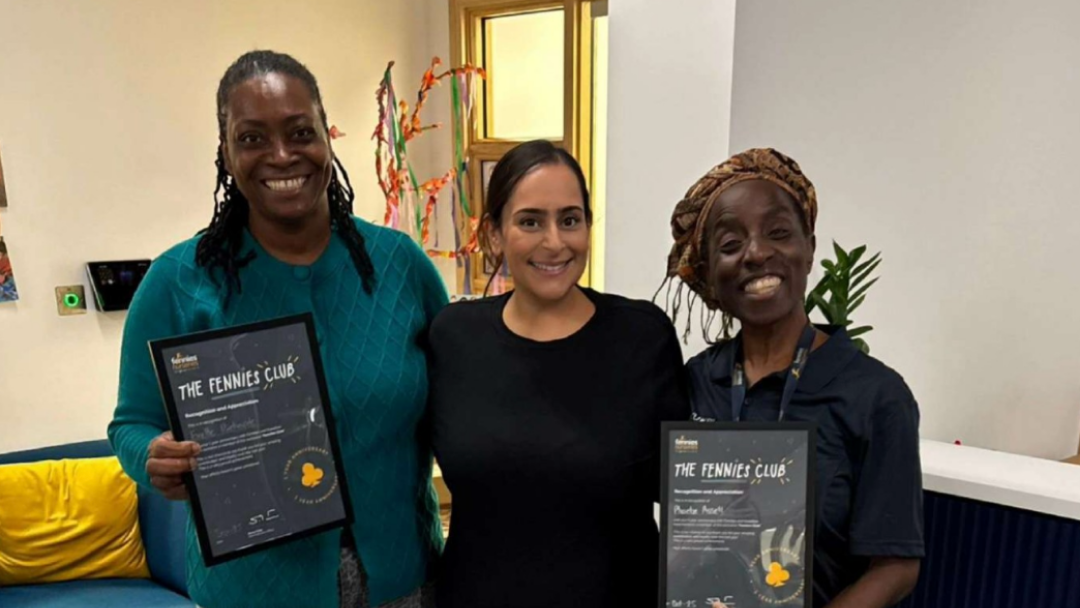
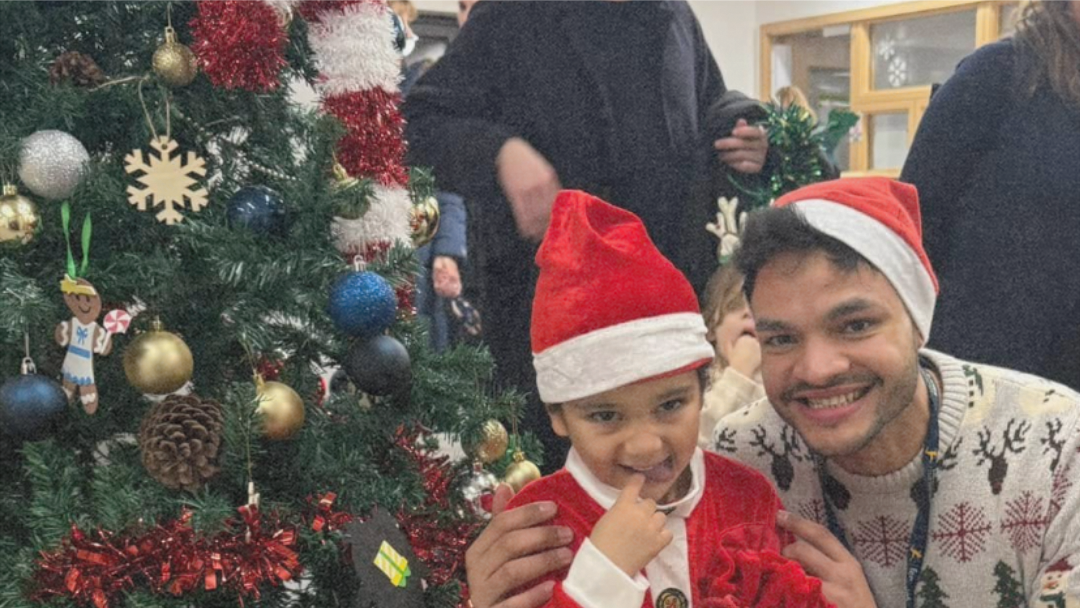
.png)
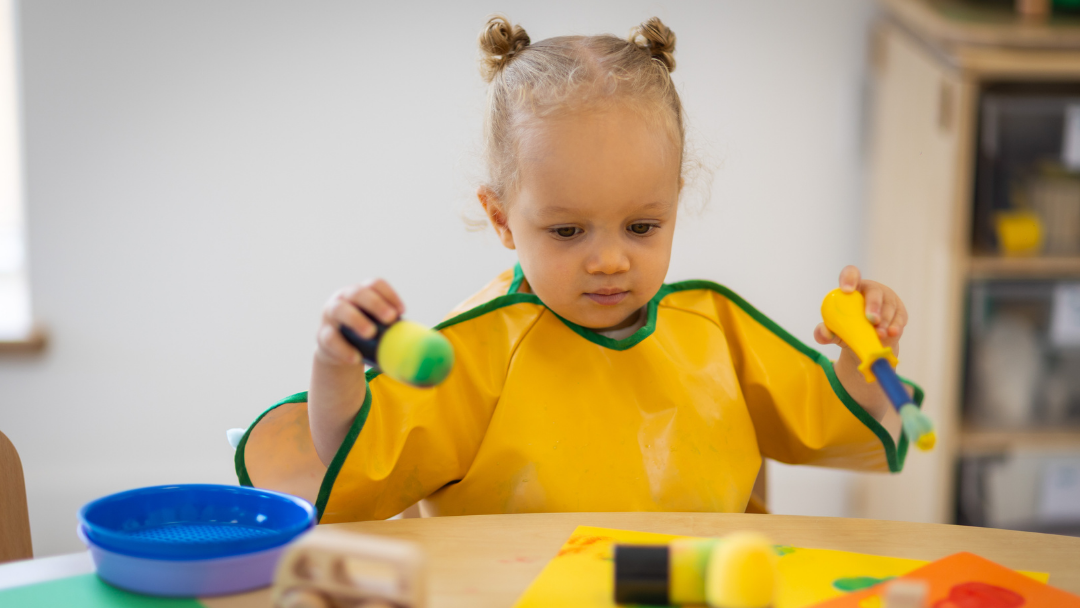
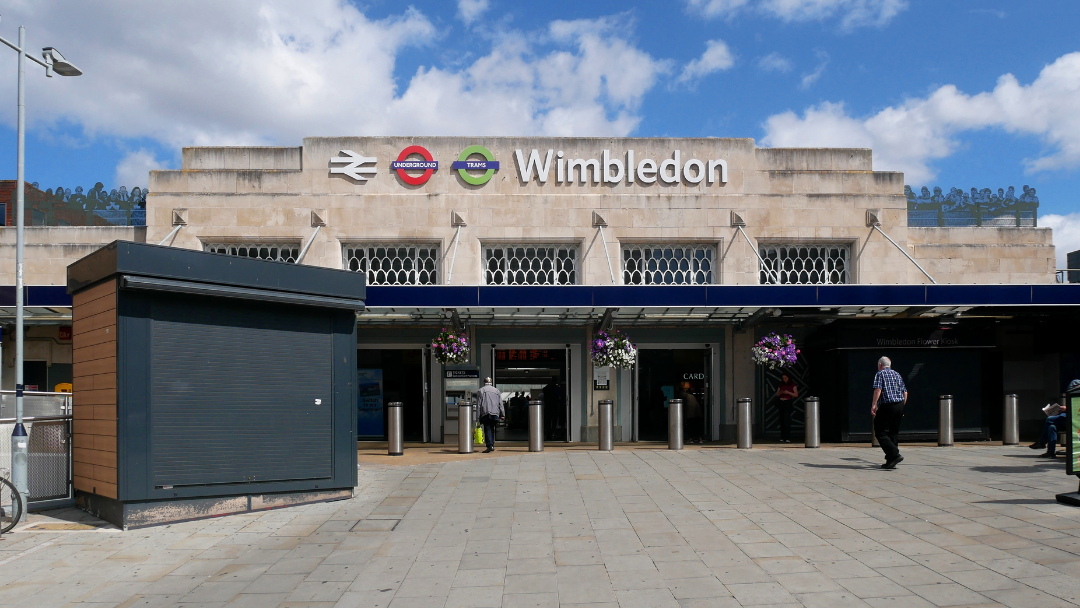

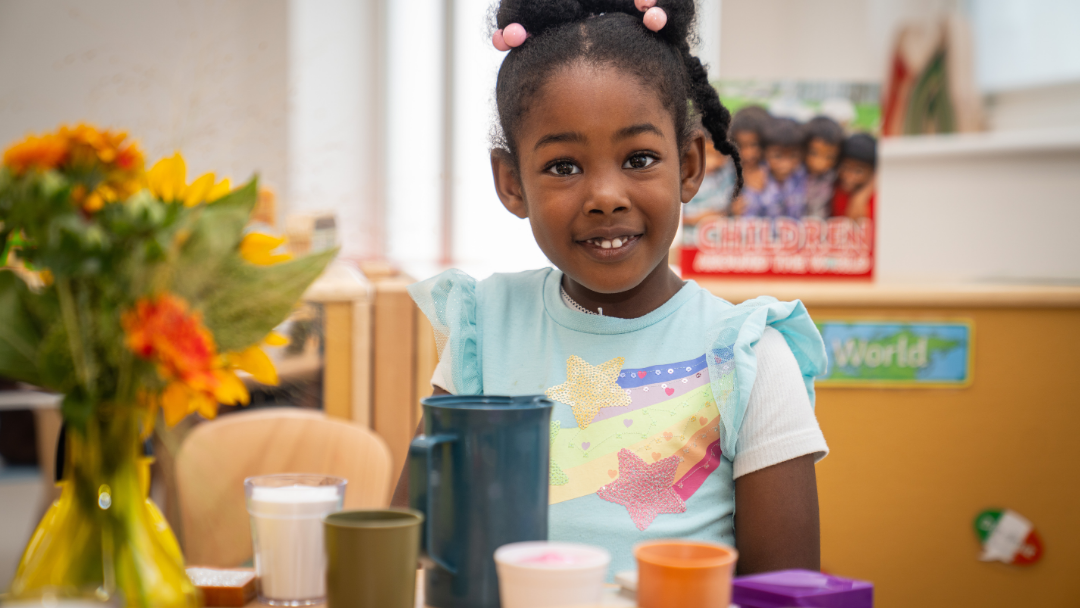
.png)